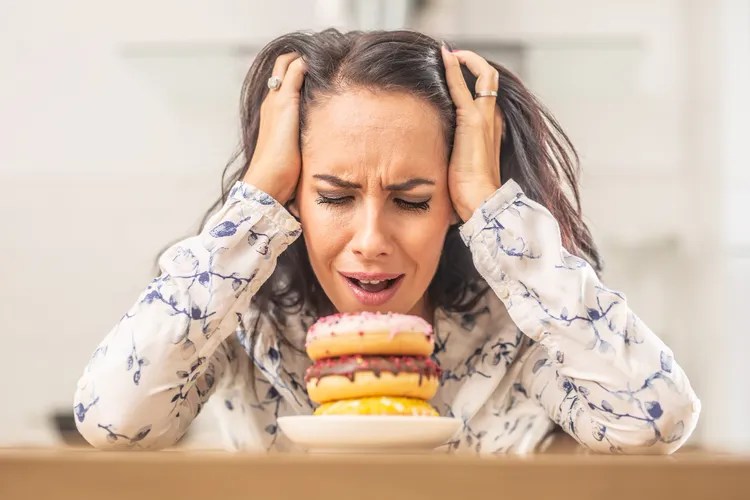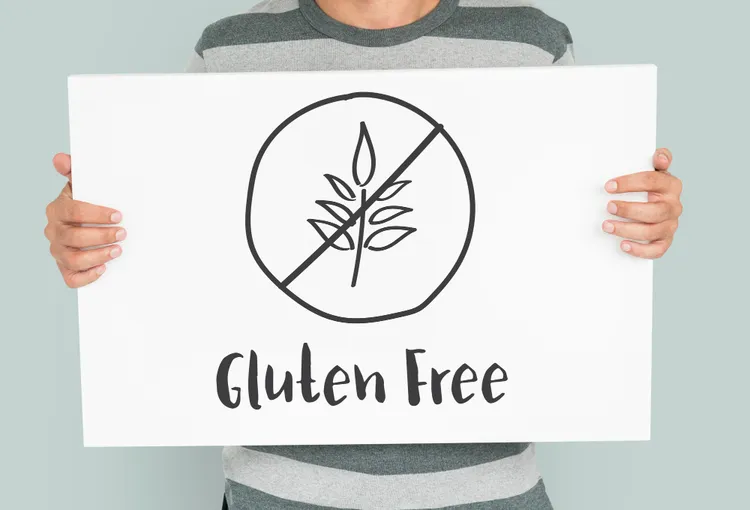Emotional Eating: Causes, Signs, and How to Stop It for Good
Discover what emotional eating is, why it happens, and proven strategies to stop it. Learn the signs, triggers, and tips for building a healthier relationship with food

Emotional eating is a common challenge for millions of people worldwide. It’s the habit of turning to food not because you’re physically hungry, but because you’re looking for comfort, stress relief, or a way to cope with difficult emotions. While it may provide temporary relief, emotional eating can lead to overeating, guilt, weight gain, and a complicated relationship with food.
We’ll explore what emotional eating is, why it happens, the warning signs to look out for, and practical steps you can take to overcome it.
What Is Emotional Eating?
Emotional eating occurs when your emotions - not your body’s hunger cues - drive your eating habits. It’s not about eating because your stomach is growling; it’s about eating to fill an emotional need.
Some common triggers include:
Stress - The body releases cortisol, which can increase appetite.
Boredom - Eating out of habit or for stimulation.
Sadness or loneliness - Using food for comfort.
Celebrations - Overeating during parties or happy events.
While everyone may indulge occasionally, emotional eating becomes a problem when it becomes your primary coping mechanism.
How to Tell If You’re Emotionally Eating
It’s not always easy to tell whether you’re truly hungry or just responding to an emotional trigger. Here are key signs you might be emotionally eating:
Sudden cravings for specific comfort foods (like sweets, fried foods, or snacks).
Eating even when you’re full or not hungry at all.
Mindless eating - finishing a whole bag of chips without realizing it.
Using food as a reward (“I deserve this after a long day”).
Feeling guilt or shame after eating.
If these sound familiar, you might be using food to cope with emotions rather than nourish your body.
Why Emotional Eating Happens
Emotional eating is rooted in psychological and physiological factors. Understanding the cause is the first step to breaking the cycle.
1. Stress and Cortisol
When you’re stressed, your body produces cortisol, a hormone that can trigger cravings for high-fat, high-sugar foods.
2. Childhood Habits
If you were rewarded with sweets as a child for good behavior, you might carry that association into adulthood.
3. Boredom and Lack of Stimulation
Food becomes a way to pass time or provide excitement when you feel unstimulated.
4. Emotional Avoidance
Eating distracts from uncomfortable feelings like sadness, anger, or anxiety.
The Emotional Eating Cycle
Emotional eating often follows a predictable loop:
Trigger - You feel stressed, bored, lonely, or overwhelmed.
Craving - You reach for comfort food to soothe yourself.
Consumption - You eat (often quickly and mindlessly).
Relief - You feel better for a short time.
Guilt - You feel regret or shame, which can trigger the cycle again.
Breaking this cycle requires identifying the triggers and finding healthier coping strategies.
How to Break Free from Emotional Eating
While emotional eating can feel automatic, it’s possible to retrain your mind and body to respond differently to emotions.
1. Recognize Your Triggers
Keep a food and mood journal to track what you eat and how you feel before and after eating. Patterns will start to emerge.
2. Practice Mindful Eating
Eat slowly, savor each bite.
Pay attention to hunger cues.
Remove distractions like TV or your phone while eating.
3. Find Non-Food Coping Strategies
Instead of reaching for food, try:
Going for a walk or doing light exercise.
Journaling your thoughts.
Listening to music.
Practicing meditation or deep breathing.
4. Improve Stress Management
Regular exercise, yoga, or breathing techniques can reduce stress, making you less likely to turn to food for comfort.
5. Stock Up on Healthy Options
If you do eat for comfort, make it nourishing. Keep fruit, nuts, yogurt, or vegetable sticks handy instead of processed snacks.
6. Seek Professional Support
If emotional eating feels unmanageable, a therapist, dietitian, or support group can help you address underlying emotional issues.
Emotional Hunger vs. Physical Hunger: How to Tell the Difference
| Emotional Hunger | Physical Hunger |
|---|---|
| Comes on suddenly | Gradually increases |
| Craves specific comfort foods | Open to different food options |
| Feels urgent and overwhelming | Can wait |
| Not satisfied after eating | Satisfied after eating |
| Leads to guilt or shame | No negative emotions after eating |
Emotional eating is a deeply human response to life’s ups and downs, but it doesn’t have to control your health or happiness. By recognizing your triggers, practicing mindful eating, and building healthier coping habits, you can break the cycle and restore a balanced relationship with food.
Remember: the goal isn’t to eliminate emotional eating entirely - it’s to develop awareness and alternative coping mechanisms that truly nurture your body and mind.









